Adam Morton Climate and environment editor
Mon, 5 August 2024
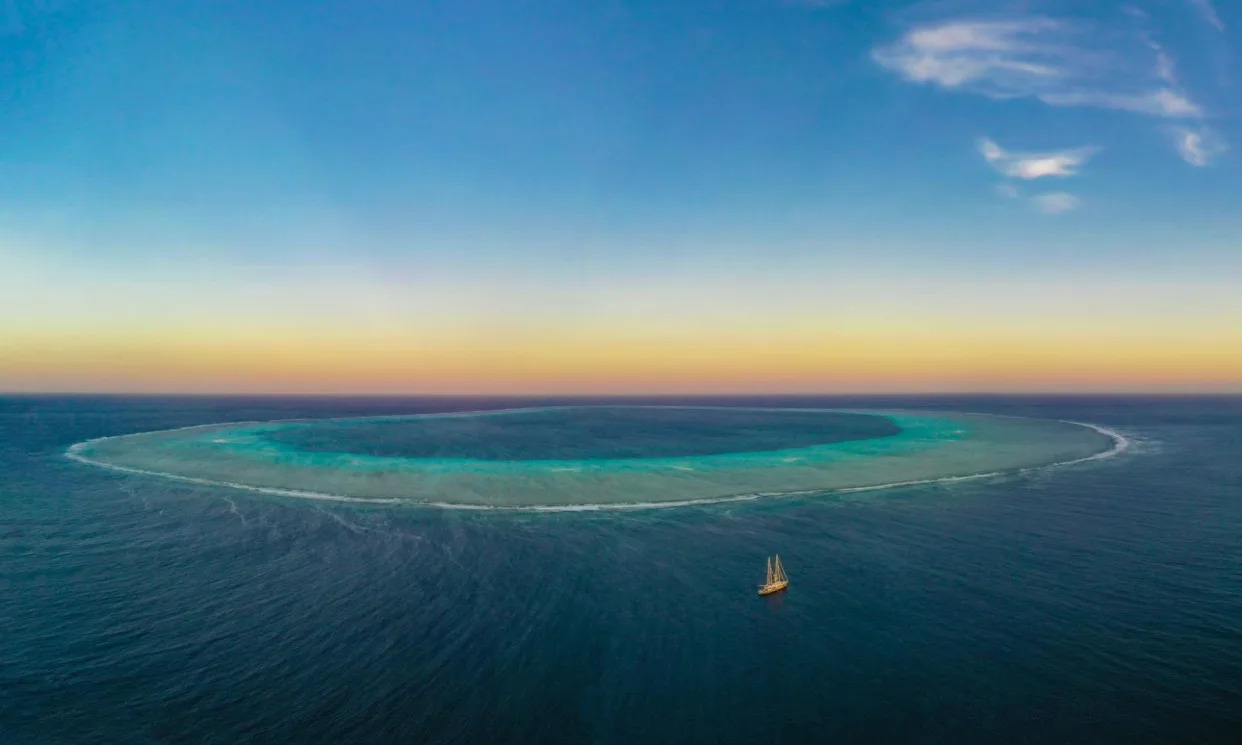
An aerial view of Scott Reef, which sits over the underwater Browse gas basin.Photograph: Greenpeace
A multibillion-dollar Woodside Energy gas export development off Western Australia’s north-west has been deemed “unacceptable” by the state’s Environment Protection Authority due to its impact on marine life at Scott Reef.
The EPA’s assessment of Woodside’s Browse liquefied natural gas (LNG) proposal was revealed in response to a freedom of information request by WAToday.
It follows scientists raising concerns that extraction at the Browse basin, about 300km off the Kimberley coast, could damage a coral reef ecosystem that is home to more than 1,500 species, many unique to the area. They identified risks to migrating whale species, the possible sinking of a beach used for nesting by endangered turtles and the potential of an oil spill in a pristine environment.
Related: Australia’s north-west reefs teem with life – but they are also at the centre of a massive fossil fuel expansion
The EPA refused WAToday’s request for information but said in its response it had told Woodside in February that its preliminary view was that “the proposal was unacceptable”.
Browse is Australia’s largest untapped conventional gas field. Woodside’s proposal involves drilling wells within about 3km of the reef and piping gas 900km for processing at the North West Shelf LNG processing plant at Karratha, on the Indigenous-heritage rich Burrup peninsula. It expects it to deliver 11.4m tonnes of LNG a year.
It is part of a proposed gas expansion that analysts say could be Australia’s greatest contribution to global heating if fully developed. Woodside’s “Burrup Hub vision” also includes the Scarborough gas field, the expansion of the Pluto LNG processing facility and extending the life of the North West Shelf plant by 50 years.
The plans have been broadly backed by senior members of the state and federal Labor governments, including the premier, Roger Cook, and the federal resources minister, Madeleine King, but some stages are yet to be approved under state and national environment law.
Sign up for Guardian Australia’s free morning and afternoon email newsletters for your daily news roundup
The EPA position is not final; Woodside has an opportunity to provide more information. The authority will then make a recommendation to the state’s environment minister, Reece Whitby. The minister does not have to follow the EPA’s advice.
But the Conservation Council of Western Australia said even a preliminary view by the EPA that Browse should be rejected was a “significant and historic finding”. It said the authority had recommended against only two of 100 oil and gas proposals since the mid-1980s.
The council’s executive director, Jess Beckerling, said the revelation was “a major blow” to Woodside’s plan.
“The EPA has now said what we knew all along – the Browse project would be devastating for WA’s environment, and no government should let it proceed,” she said. “It is now incumbent on the WA and federal governments to respect this independent scientific advice and expert opinion, and refuse Woodside’s application to develop Browse.”
Greenpeace Australia Pacific’s chief, David Ritter, said the Burrup Hub was “an irredeemably bad project” and called on Plibersek to “put this project out of its misery, for once and for all”.
“This singular decision will come to define Labor’s legacy on environmental protection,” he said. “We urge Minister Plibersek to do the right thing and to choose a safe and sustainable future for our children over Woodside’s nature-wrecking pursuit of profit.”
Cook said the government wanted the Browse development to go ahead. He said it was a “difficult and complex” project and that conversations between Woodside and the EPA about addressing “issues of concern” were continuing.
“The EPA are there to assess these projects and make sure that we can mitigate against any negative impacts on the environment, and that’s why they are obviously in deep discussions with the government in relation to that project,” he said, according to the West Australian.
Cook said Browse would be “an important part of not only Western Australia’s gas supply, but making sure that we can assist our south-east Asian and north Asian partners to decarbonise their economies”.
A spokesperson for the federal environment department said it had paused assessment of the Browse project and the North West Shelf gas plant’s life extension until it received further information from the WA government and Woodside.
A Woodside spokesperson said Browse was “an important resource that could help address the shortfall of domestic gas in Western Australia forecast from the early 2030s and support energy security in Asia”.
“We continue to work with relevant regulators to progress environmental approvals for Browse,” they said.
The Institute for Energy Economics and Financial Analysis challenged the suggestion by Australian and Japanese leaders that the Asian country needed Australian gas to maintain its energy supply. The thinktank’s analysis found demand for gas had fallen in Japan over the past decade and the country was selling more LNG overseas than it bought from Australia.
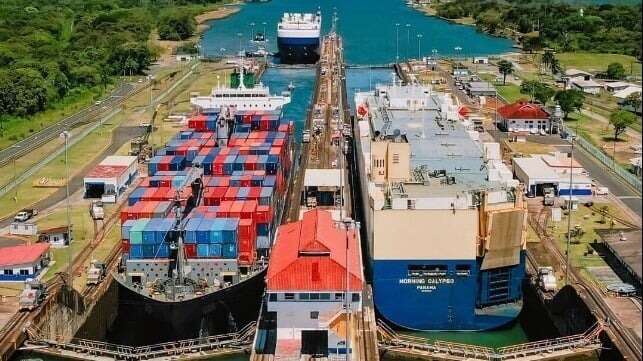
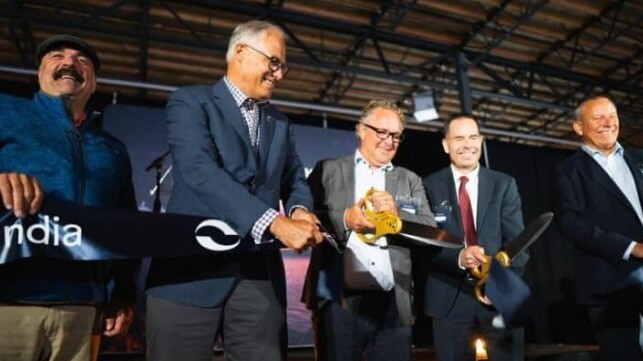
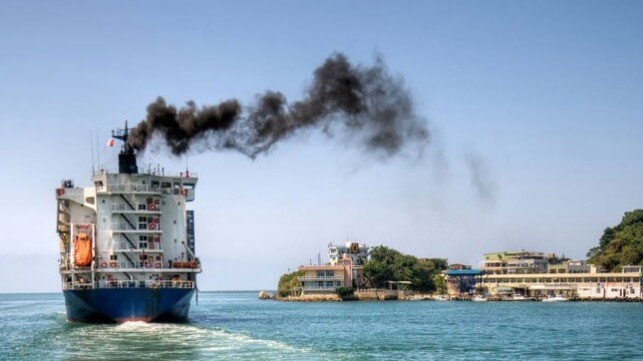

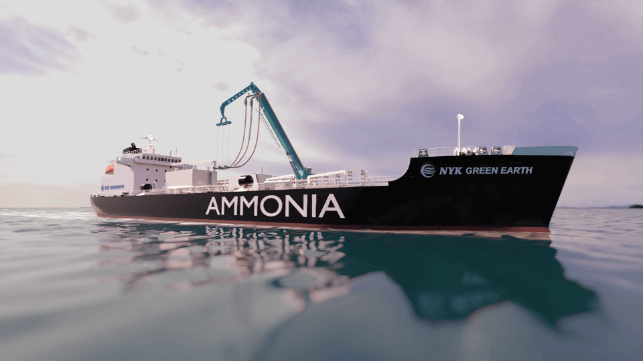

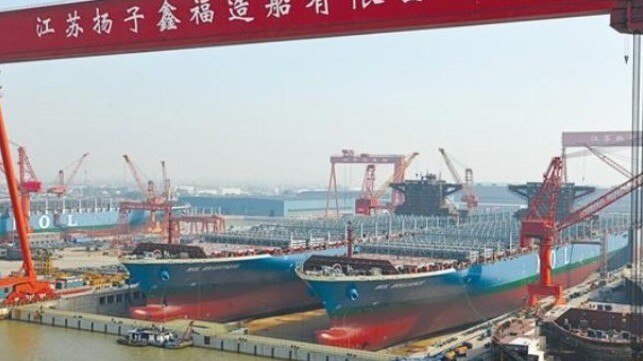




.jpg?ext=.jpg) Finance and Corporate Affairs Minister Nirmala Sitharaman at the post-budget press conference on 23 July (Image: Press Information Bureau)
Finance and Corporate Affairs Minister Nirmala Sitharaman at the post-budget press conference on 23 July (Image: Press Information Bureau) (Image: Nuclearelectrica)
(Image: Nuclearelectrica).jpg?ext=.jpg) LDR-50 district heating SMR (Image: Steady Energy)
LDR-50 district heating SMR (Image: Steady Energy)
